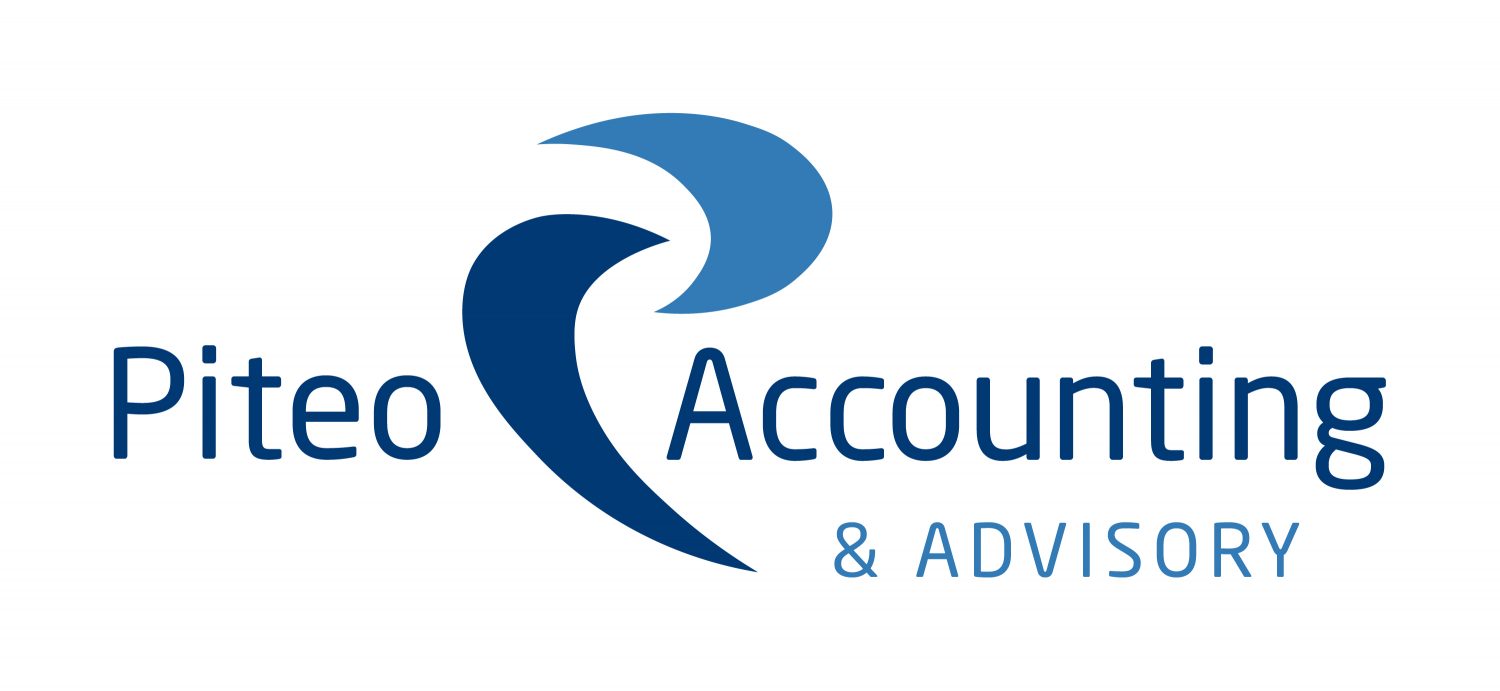As a small business, you likely won’t have enormous cash reserves to fall back on when times are tough. Cash flow forecasting is an essential tool for business planning. Cash flow forecasting refers to a plan or estimate of a business’s financial position in the future. It predicts what money will be coming in and going out for a set time period. In most cases, it’s best to project for a 6-12 month period BUT don’t forget to review it monthly.
Cash flow forecasting can be as simple or as detailed as you like but the real value comes from the thought that you put into it. What would your cash flow look like if you hired a new salesperson who might take 4-5 months before starting to bring in decent sales? What might happen if you increased prices by 10 percent but sales volumes drop?
If you’re one to tackle this task alone, it can be done in several ways, like a spreadsheet or through the integration of Xero and cash flow apps. Here are 5 steps to get your business started;
Five steps to prepare a cash flow forecast for your business
Step 1 – Select the forecast period
Looking at the next 6 or 12 months is usually recommended. Of course, you can look further ahead but without a crystal ball, your forecast will becomes less accurate over time.
Step 2 – Calculate expected sales and income
Look at your income and expected future sales on a monthly scale, you may have a sales pipeline to help predict this. Once you’ve done your calculations, you may even want to apply a growth rate to allow for future growth.
Step 3 – Calculate expenses and future costs
Tally your expenses and enter predicted future costs. For many overheads like rent, internet or telephone expenses this will be fairly straight forward as they could be the same every month. Casual employee wages or materials/inventory purchases could be much more difficult to plan for and require careful thought.
Step 4 – Predicted overview
All of the above information should now be displayed in a table, chart or report which displays your expected bank balance at the start and end of every month over the forecast period.
Step 5 – Analyse the data
Use your forecast to analyse your business’ position, identify future opportunities or areas for growth, assess best and worst-case scenarios and more. Don’t forget to adapt and edit the data in your template monthly to ensure you’re predictions are as accurate as possible.
Need help preparing a cash flow forecast? Our advisory team are experienced and can help you work through the process of predicting alternative outcomes for your business. Contact us today to start putting this incredibly valuable business tool in place.






